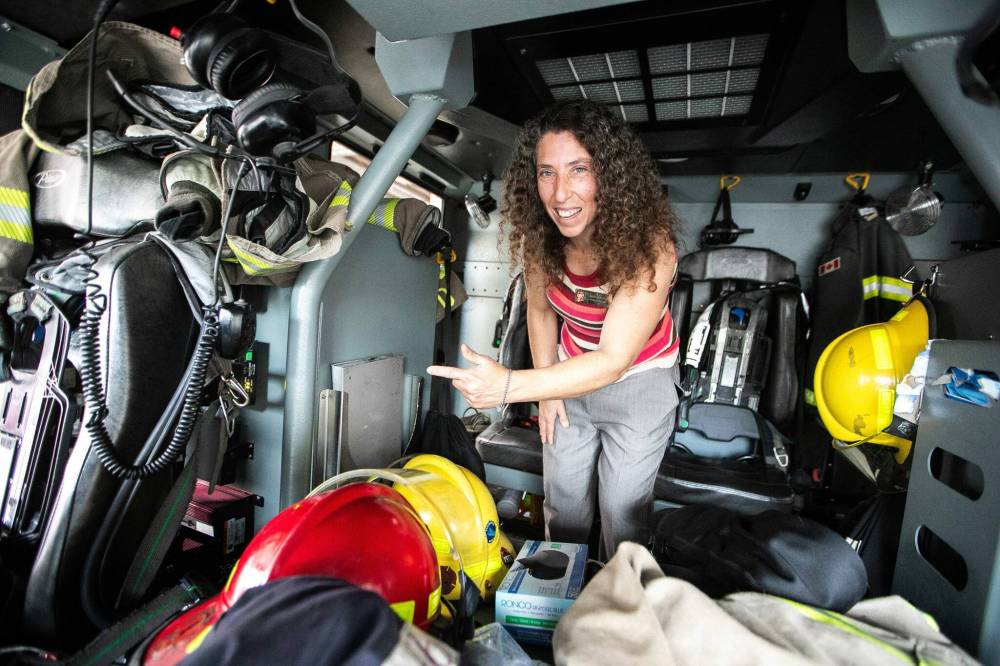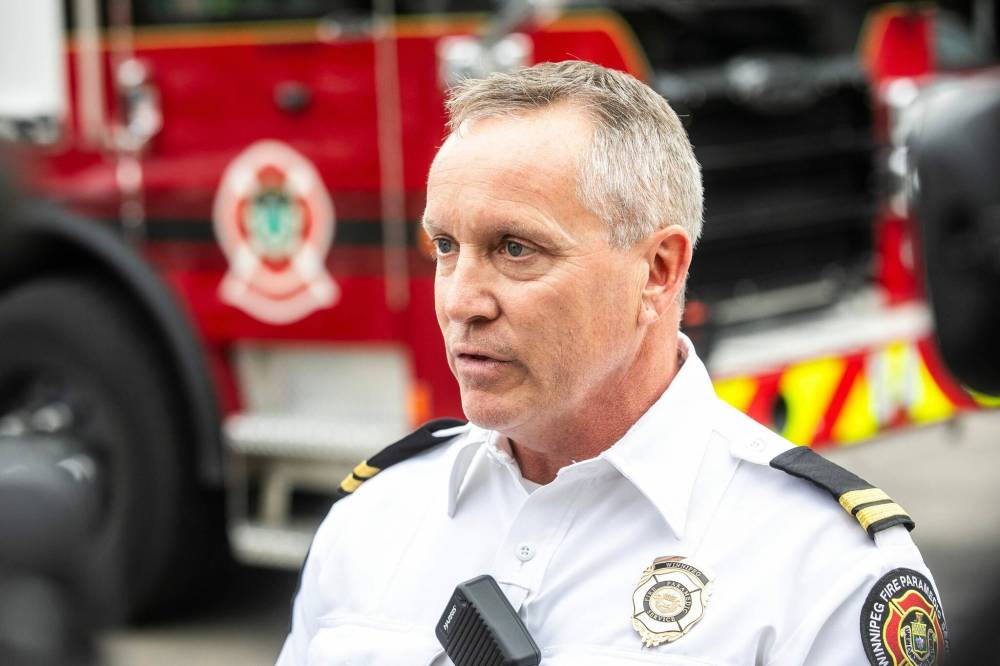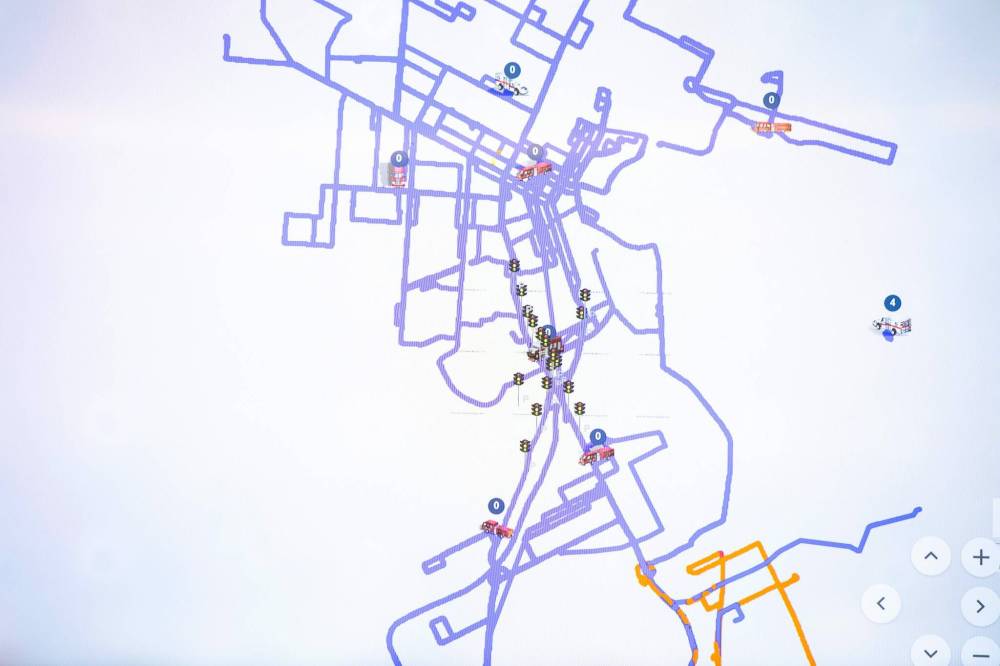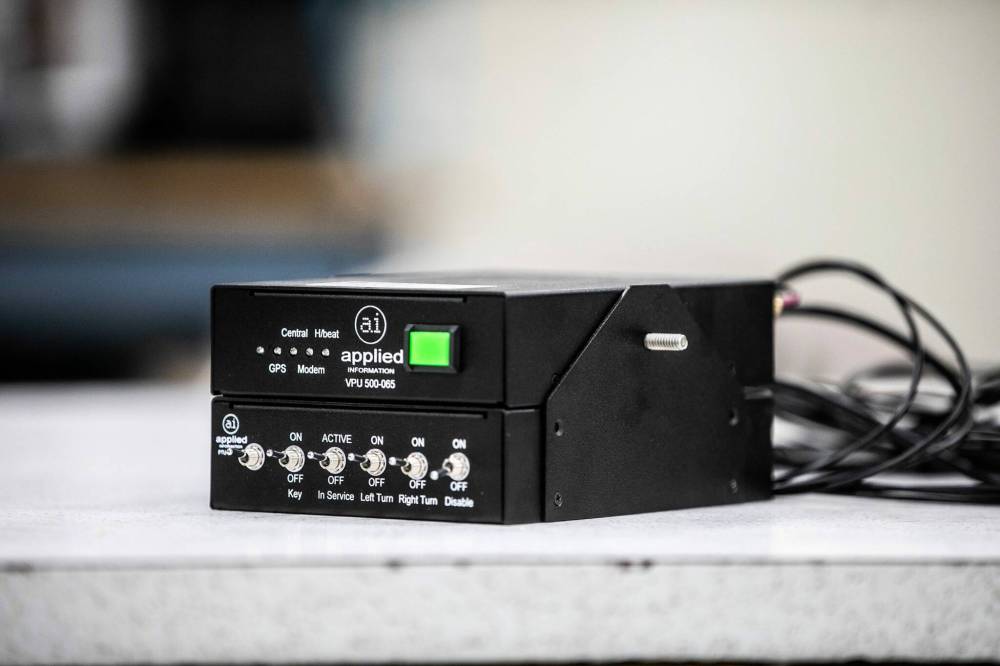Technology to clear way for emergency vehicles touted as lifesaver
Advertisement
Read this article for free:
or
Already have an account? Log in here »
To continue reading, please subscribe:
Monthly Digital Subscription
$1 per week for 24 weeks*
- Enjoy unlimited reading on winnipegfreepress.com
- Read the E-Edition, our digital replica newspaper
- Access News Break, our award-winning app
- Play interactive puzzles
*Billed as $4.00 plus GST every four weeks. After 24 weeks, price increases to the regular rate of $19.00 plus GST every four weeks. Offer available to new and qualified returning subscribers only. Cancel any time.
Monthly Digital Subscription
$4.75/week*
- Enjoy unlimited reading on winnipegfreepress.com
- Read the E-Edition, our digital replica newspaper
- Access News Break, our award-winning app
- Play interactive puzzles
*Billed as $19 plus GST every four weeks. Cancel any time.
To continue reading, please subscribe:
Add Winnipeg Free Press access to your Brandon Sun subscription for only
$1 for the first 4 weeks*
*$1 will be added to your next bill. After your 4 weeks access is complete your rate will increase by $0.00 a X percent off the regular rate.
Read unlimited articles for free today:
or
Already have an account? Log in here »
The Winnipeg Fire Paramedic Service is banking on new technology that triggers green lights for emergency vehicles to help them travel faster and avoid expensive collisions.
WFPS leaders offered media a closeup look at the technology on Friday, which it hopes to soon expand to most city intersections.
A simple-looking black-box device installed in WFPS ambulances, fire trucks and SUVs can communicate with a controller at affected traffic lights through cellular and radio signals. As an emergency vehicle approaches an intersection, it transmits information about lights and sirens, direction of travel, speed, and turn signals to pre-empt the normal operation of signals, such as by providing a green light.

MIKAELA MACKENZIE / FREE PRESS
Linda Hathout, WFPS program manager, points out the WFPS preemption system installed in a fire truck on Friday.
WFPS officials say the technology will significantly reduce emergency response times by allowing crews to avoid traffic congestion that can sometimes repeatedly force them to slow down or stop.
“That start and stop makes a four-kilometre distance take quite a while … (With pre-emption) they’re able to consistently maintain 55 kilometres an hour on Osborne (Street), which is impressive,” said Linda Hathout, a WFPS program manager.
Due to construction, the city says it can’t directly compare response times before and during a recent pilot project of the technology. That testing period took place at 17 intersections, with nine emergency vehicles, in Osborne Village between April 2024 and April 2025.
The city estimates the upgrade could cut response times by 15 to 20 per cent.
In 2026 and 2027, WFPS plans to expand the technology to 437 intersections out of the city’s total 693. That would require $1.8 million in capital costs, plus about $200,000 per year for operations. The funding requires a final council vote on the 2026 budget.
Hathout stressed the ability to trigger a string of green lights improves safety for emergency vehicles and all other traffic.

MIKAELA MACKENZIE / FREE PRESS
Ron Keelan, WFPS district chief of paramedic operations, says the system is completely automated, requiring no additional training for emergency crews.
“It’s safer for the public because they’re not trying to get out of the way. They can go forward through a green intersection and safely allow the emergency vehicle to pass,” she said.
Hathout said there were no intersection collisions with emergency vehicles in the area equipped with the new technology throughout the pilot project, and the service expects a 90 per cent reduction in such crashes once they’re no longer expected to pass through red lights at most intersections.
A city report notes there were five major intersection collisions with emergency vehicles in 2024, including one that triggered $250,000 in repair costs.
Tom Wallace, WFPS deputy chief of support service, said preventing those collisions could also save a lot of money.
“We had an engine involved in a motor vehicle collision earlier this year. It was a total writeoff. These vehicles are over a million dollars themselves,” said Wallace.

MIKAELA MACKENZIE / FREE PRESS
A map showing the last hour of movement of emergency vehicles with the WFPS preemption system.
A front-line worker who has used the new system expects it will remove dangerous delays.
“When someone’s (in an) emergency … minutes and seconds can matter. So, if you’re stuck behind traffic trying to get people to move, it can be very frustrating and dangerous, too,” said Ron Keelan, WFPS district chief of paramedic operations.
Keelan said the system is completely automated, requiring no additional training for emergency crews.
Mayor Scott Gillingham said he supports plans to expand the technology.
“Every second matters, when our emergency crews need to get to a call, to respond to someone’s critical incident,” said Gillingham.

MIKAELA MACKENZIE / FREE PRESS
The simple-looking black-box device installed in WFPS ambulances, fire trucks and SUVs will be able to communicate with a controller at affected traffic lights through cellular and radio signals.
joyanne.pursaga@freepress.mb.ca
X: @joyanne_pursaga

Joyanne is city hall reporter for the Winnipeg Free Press. A reporter since 2004, she began covering politics exclusively in 2012, writing on city hall and the Manitoba Legislature for the Winnipeg Sun before joining the Free Press in early 2020. Read more about Joyanne.
Every piece of reporting Joyanne produces is reviewed by an editing team before it is posted online or published in print — part of the Free Press‘s tradition, since 1872, of producing reliable independent journalism. Read more about Free Press’s history and mandate, and learn how our newsroom operates.
Our newsroom depends on a growing audience of readers to power our journalism. If you are not a paid reader, please consider becoming a subscriber.
Our newsroom depends on its audience of readers to power our journalism. Thank you for your support.


